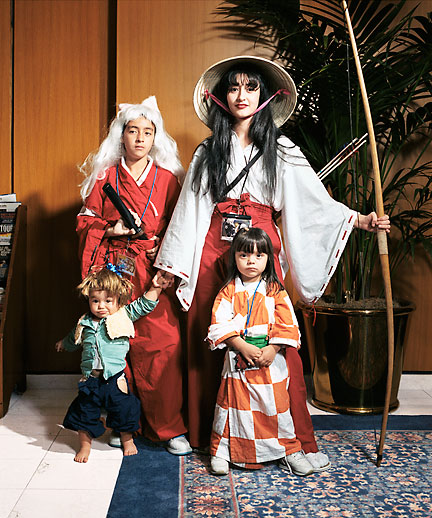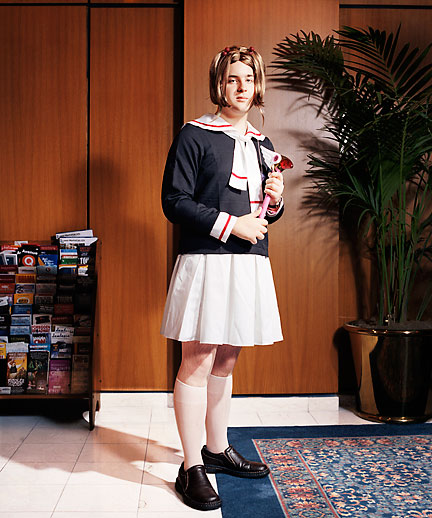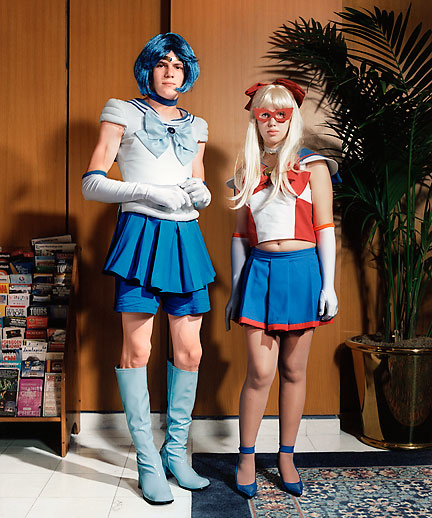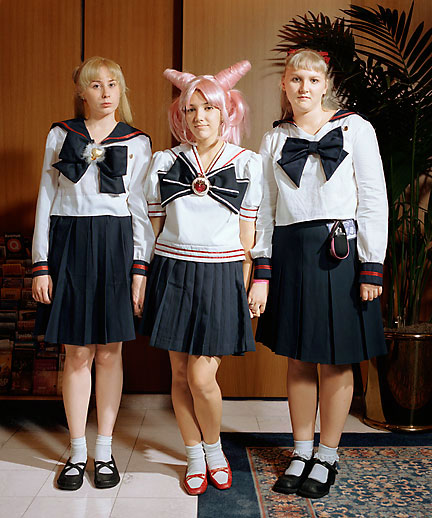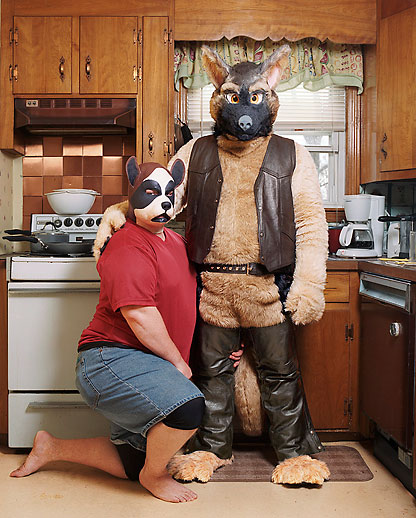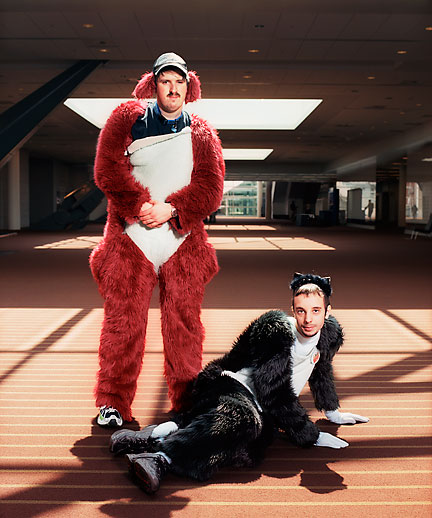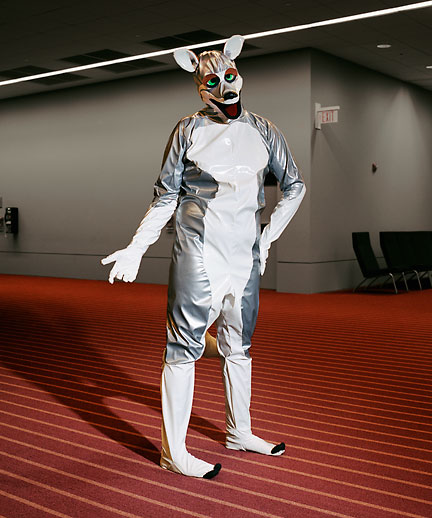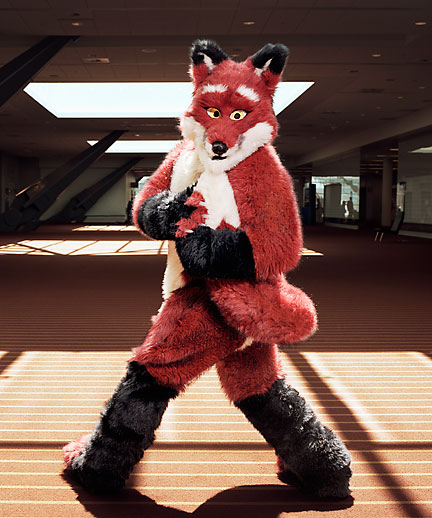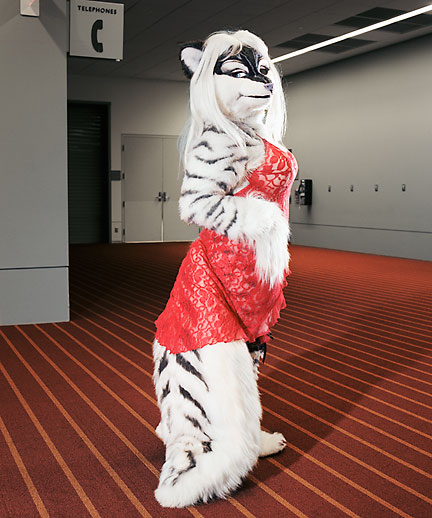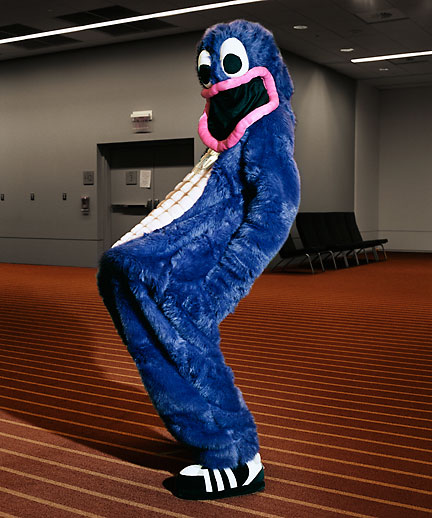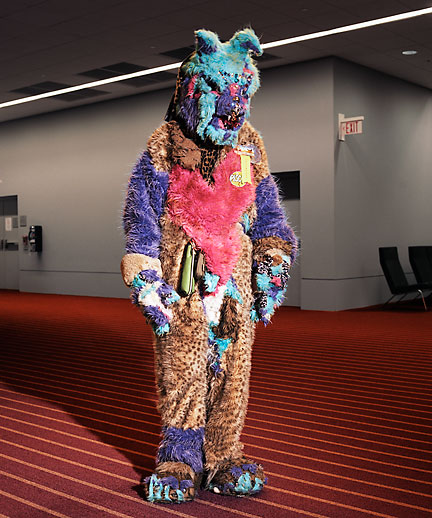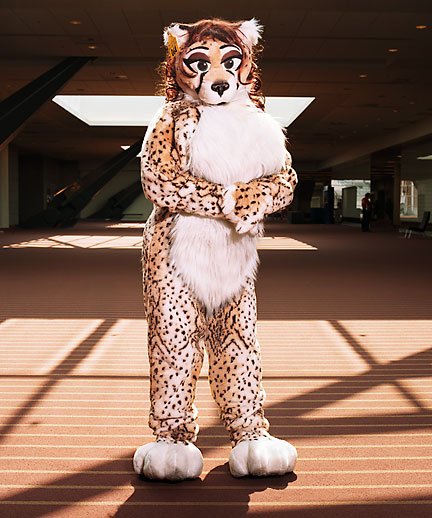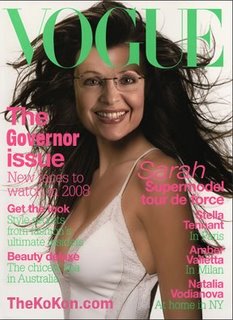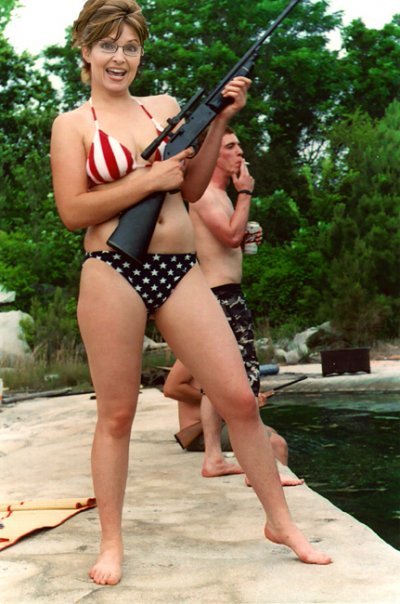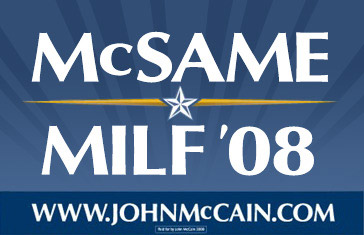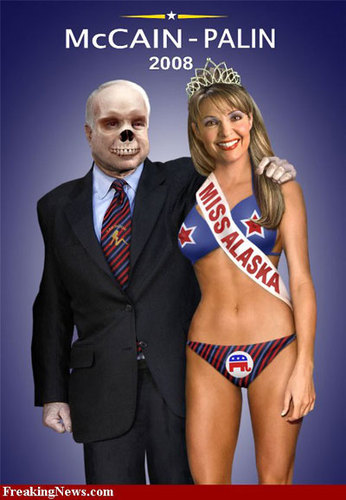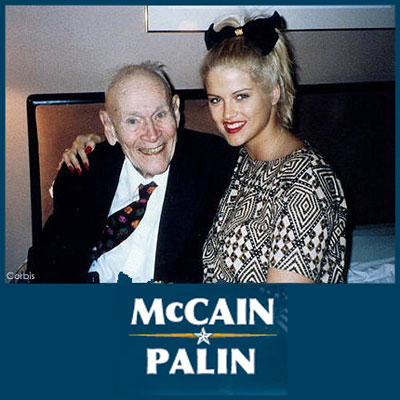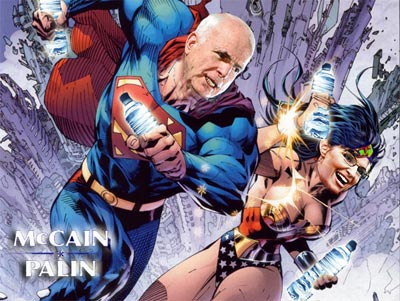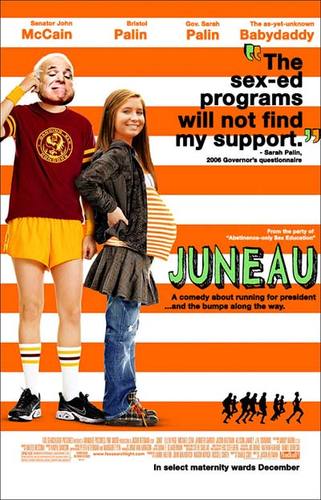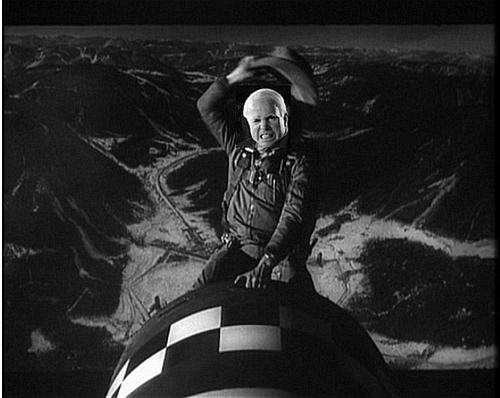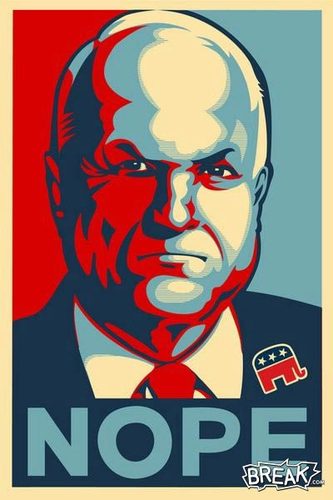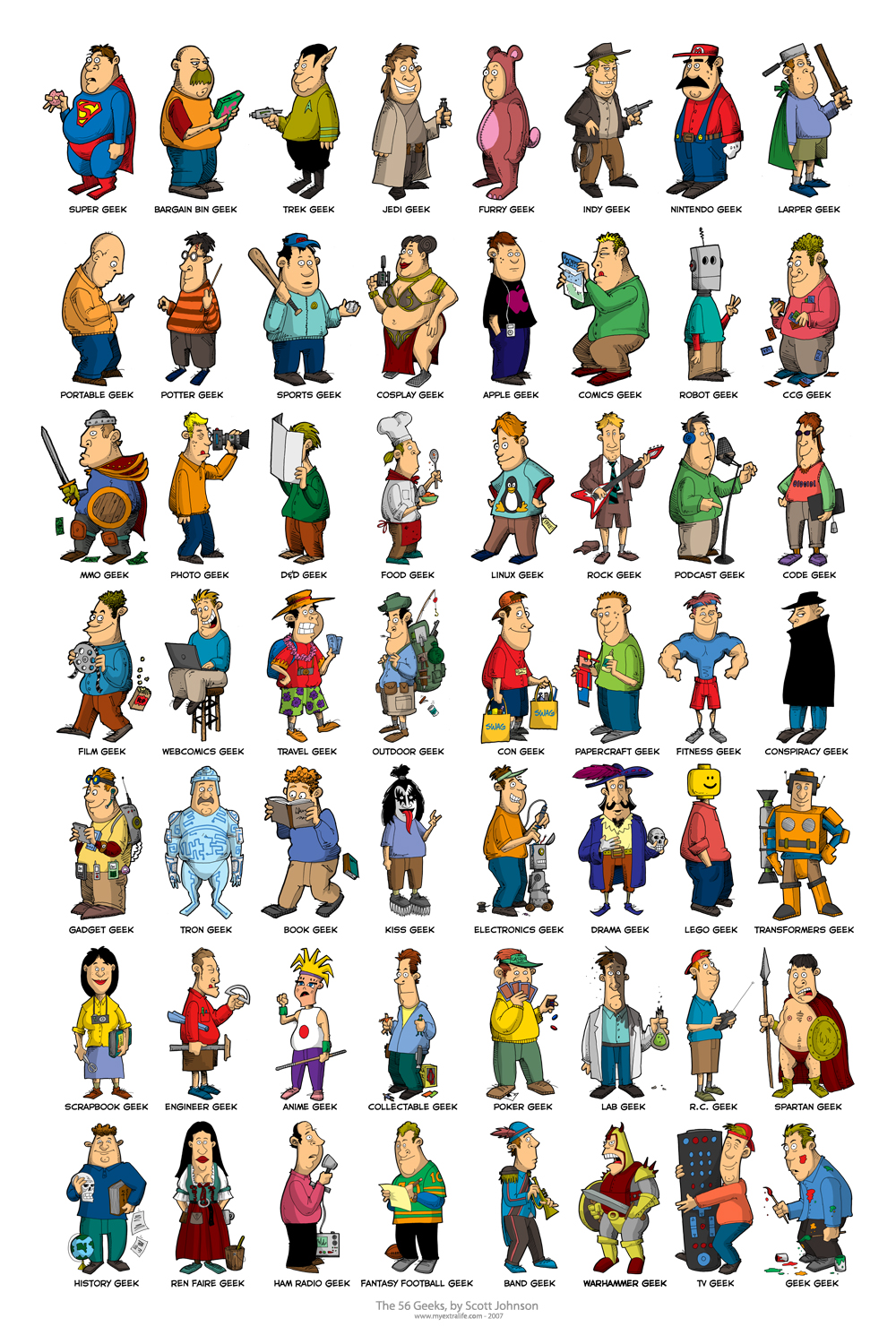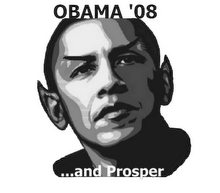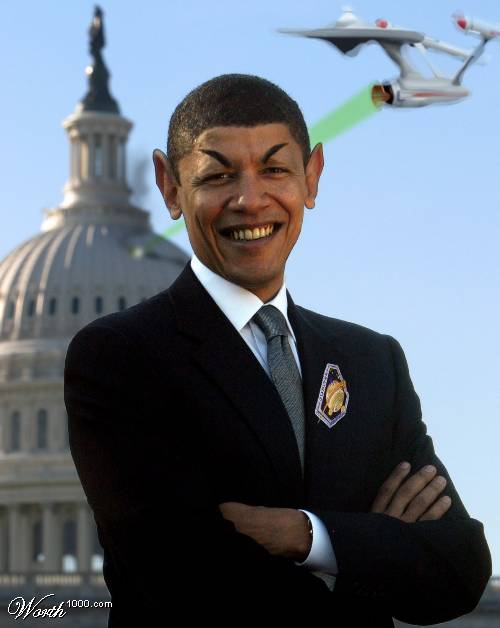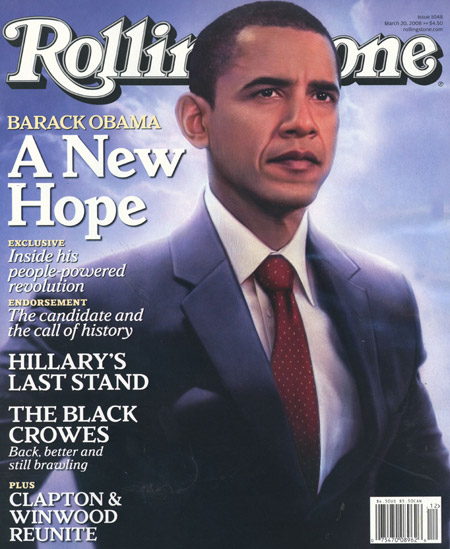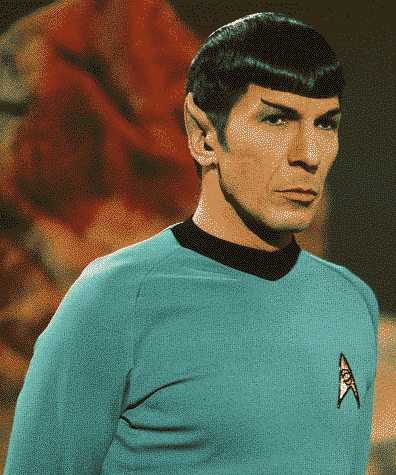By now, some of you will have seen the spot NBC has been running during the Olympics celebrating the enormous audience response to the screening of the first episode of Heroes' third season at Comic-Con. I was lucky enough to be there in Hall H and if anything, the advertisements underplays the excitement of watching an episode of one of my favorite series with some 6000 other fans. There were so many crowd pleasing moments in the episode and so much evidence that they had gone back to the drawing board and responded to fan reactions to the lackluster second season.
It was as if the episode had been designed and produced simply to be shown at Comic-Con!
And indeed, this may be the case, given the growing centrality of this convention to the way cult media operates in America today and given the particular history of Heroes at this convention.
I went to Comic Con for the first time this year. As it happens, a long time friend, Kristin Thompson, was also attending for the first time. Thompson, a noted film scholar, is the co-author of the Observations on film art and Film Art blog. I featured her here last year in an interview ( Part One, Part Two, Part Three) focused on her recent book, The Frodo Franchise, which studies the production of Lord of the Rings and its related media offshoots. She was speaking on a panel focused on the forthcoming Hobbit movie, while I was at San Diego purely in vacation mode with my wife and son along. We got together Sunday night after all of the events were over to record our initial impressions of the event. This transcript is being cross-posted on both of our blogs.
Next time, I am going to share some impressions of the specific previews and panels I attended.
On Different Tracks
We started off by talking about what we had each concentrated on.
HJ: It's very clear that it's like six or seven different conventions I could have gone to in the course of the weekend, and it would be a totally different experience depending on which one you went to.
KT: Yeah, I had that impression that there were probably people here mainly to buy stuff, some people here mainly to see celebrities and get autographs and so on.
HJ: And even on that there was a split between the film and the TV people. And there's a whole comics track. Under other circumstances I would have just been spending my entire time at comics panels, because they're the strongest comics sessions anywhere in the country.
Coming Alone vs. Having Something Specific To Do
KT: I was happy that I had something to anchor myself, though. I don't think I'd like to come here, at least for the first time, alone and not having anything specific to do.
HJ: Luckily Henry and Cynthia were along, but it was overwhelming a bit, trying to negotiate and keep up with three people in a space that congested. So that was its own kind of challenge. Sometimes I was thinking it would be great just to be a single person navigating through the space and not have to have large-scale logistics! The scale of it just blows you away. I've been on the floor at E3, which is supposed to be one of the largest entertainment trade shows. I've done South by Southwest. But neither of them are anywhere near the scale of Comic-Con.
The Scale of the Event
KT: They always say 125,000, because that's the number of tickets they sell, but then you've got all the exhibitors and the people who are presenting on panels. It must be another few tens of thousands packed into that building.
HJ: Yeah, at least.
KT: I was kind of amazed that it worked as well as it did.
HJ: Yeah, they did a remarkable job in just managing crowd control. Getting people in and out of things with some degree of order. Some more bullying guards than others, but it was probably necessary to keep the peace.
KT: Yeah, there were a LOT of guards and guides and so on, but people seemed really to be polite, on the whole. I was taking the shuttle bus from a hotel down the street [from my hotel] every day and then coming back by shuttle bus. This morning the bus was quite late compared to other days. It was supposed to come every ten minutes, and we were there maybe twenty. And people who were arriving made this very neat horse-shoe shaped line on the sidewalk. It was very orderly.
HJ: Almost no signs of anyone breaking in line, despite the intensity of some people's desire to get into things. Someone commented behind me about 'honor among geeks,' and that's probably a good description. There's a strong honor code.
KT: The venue seems to be up to having that many people in it. I hardly had to wait for rest rooms at all.
HJ: No, the facilities are good.
We ended up doing a fair amount of what they call here 'camping,' which is sitting in several panels in a row because there was something we really wanted to see. But you end up trapped in a space with no access to food. Hall H at least has rest-room facilities in the space.
KT: I didn't try camping myself. But I was going to this action-figure panel because it involved Toy Biz, which did the action figures for Lord of the Rings. I heard from people in line that a lot of them were there for the next panel, which was on Sanctuary, which I know nothing about, but they were very devoted and were saying, "They shouldn't have put this in such a small room."
HJ: There is a sense that you vote with your body at Comic-Con. One of my newest fandoms is Middleman, which is a new ABC family show, and it was in a small room, but we packed it. There was a sense of accomplishment. The producer looked out and said, 'This may be the whole audience for the show,' because it hasn't gotten much publicity yet. There was a sense that just being there was show of support for things.
KT: I wonder how many of the companies have people at those panels--in the audience. I hadn't realized it, but there was somebody from New Line--who's probably not from New Line anymore--and then some Warner Bros. people, supposedly, sitting out in the audience for the Hobbit one. That kind of surprised me. Why bother?
HJ: At the larger sessions it seemed they had blocked off four or five rows of space just for the studio people. Rarely were they occupied to anywhere near that extent, so it was maybe overkill. But there were a few sessions where there were a significant number of people. The Battlestar Gallactica, for example. There was a large studio contingent there for that. Suits and friends and family and other writers, because that was a kind of last hurrah for that production. They just wrapped shooting the last episode two weeks ago, so this would have been a major last gathering of a lot of those people. They said they really hadn't had a chance to have a wrap party yet, so in a sense it probably was.
The Hall H Experience
KT: Did you have the Hall H experience at all?
HJ: We went to see Heroes one morning, which was the first time, they said, a TV show had made it into Hall H. We managed to be there for Watchmen and a few of the other movies that followed it.
KT: I avoided it for a while because I kept hearing that there would be incredibly long lines, and I pictured just sitting there for hours and hours and hours reading and possibly not getting into what I wanted to see anyway. So I avoided it until yesterday [Saturday], and I went to the Terminator Salvation one. I wanted really to go to the Pixar one, so I went to get in line very early, and ended up getting in on time for Terminator Salvation.
HJ: Well, for Heroes we waited for about an hour outside and then got in. Then there was a fairly long wait to get started, but then we knew that there were several things after that that we wanted to see as well.
KT: And was it full?
HJ: It was packed. But Heroes has been a kind of success story of Comic-Con. They showed the pilot there before it debuted, and Heroes is pretty desperate at this point to rekindle fan enthusiasm. Last season is largely seen as a bust. Hence their decision not to come back from the strike. They did a partial season and put it off to the fall, because the ratings were plummeting and they were getting bad buzz from fans. So they wanted to come back this year with a killer. They showed the entire opening episode, which was definitely a fan-pleaser. They had figured out what had gone wrong the first season and had put together something that was going to please. So there was lots of extended applause at key moments. It's kind of fascinating to watch an episode of a TV show with 6500 other people.
The Exhibition Hall
KT: I only discovered the comics section today, as I was about ready to leave, because I hadn't really been aware of which sections were devoted to it. I sort of thought it was all random, but obviously they do devote one big section to all the people who are selling old comic books. I suppose you could just stay in one part of the hall and never see the rest of it.
HJ: I felt I barely made a dent in the hall. The first day I didn't quite realize how big it was, so I was just going up every aisle, and the second and third day I was going on targeted missions. But it still was just so immense that there's no way you could see it all.
KT: And it's so congested.
HJ: Especially if you get to the studio side of things.
Autographs and Planning
KT: I could not figure out what was going on at the Warner Bros. exhibit, but they were constantly surrounded by lines and lines and lines of people who were obstructing the aisles around them. I guess they had people from their TV shows signing.
HJ: They seemed to. I kept stumbling into people. You wander around one corner and there's Peter Mayhew of Chewbacca fame sitting there, and Will Frakes suddenly would pop up at another table. Neither was particularly advertised. Then there were all the advertised autographed stuff. There were a lot of people there that you would know in another context.
KT: I don't know how you would find out about all of those things in advance. I don't think Lynda Barry was listed in the program as doing autographs, but she was at the Drawn and Quarterly booth at certain times. I missed her entirely. I got her autograph because I was sitting in the audience before her presentation and she sat down beside me.
HJ: They seemed to have a certain number of people who were there to do autographs, but then there were all these other people randomly. I guess you had to follow a particular company and maybe they posted on the Web.
KT: Yes, I was doing autographs at certain times for my book, and it was just on TheOneRing.net and The Frodo Franchise. You have to really investigate, go in with a plan.
HJ: It seems to be the case: The more you plan, the more you can get out of the experience.
KT: We were selling copies of my book at this very small booth, and I was there for an hour at different times of day on three days. I think almost everyone, if not everyone, who bought a copy came to the booth specifically to buy it. There were no impulse purchases. I don't think people buy books at Comic-Con.
HJ: I looked at comics while I was there, but I would buy them from my dealer back in Boston or online at Amazon or Mile High Comics. Why I would weigh my suitcase down with comics in the age when it's so easy to buy stuff digitally?
KT: Not new ones.
HJ: Not new ones. Collectibles, sure.
KT: Unless you have them signed.
Fan Culture hangs on at Comic-Con
HJ: Usually the cons I go to are small-scale, very intimate, you know a high number of the people who are coming. It's fan-driven and fan-focused. This was like Creation Con on steroids!
KT: Though technically speaking, it is run by fans; there's a committee.
HJ: There were still places and niches and corners where the fan stuff still ruled. You wouldn't see fanzines there, but then you wouldn't see them at most fan-run cons these days, since everything's moved to the Web.
KT: Well, there's Artists' Alley, which is way over in the corner. That seems to be fans who are aspiring to be pros but haven't really made it yet.
HJ: Well, it was a mix. I mean, you'd see Paul Chadwick there [author of Concrete series, published by Dark Horse Comics] or Kim Deitch [author of graphic novels such as The Boulevard of Broken Dreams and Shadowland], who were independent and weren't necessarily going to be there with a company, but yeah, it's definitely a lot of wannabes in some of that space.
And then fans show themselves through costumes. For all the jokes about women in Princess Leia costumes--and I saw maybe a dozen Princess Leia slave-girl outfits--it was still a way in which fans asserted their presence. There were some quite remarkable pieces of fan performance going on there. There was someone doing Cocteau's Beauty and the Beast, which had quite a spectacular Beast costume--a little more arty than one expects at a fan con.
Genre
KT mentioned having seen Focus Features' Hamlet 2 preview.
HJ: The role of comedy here interests me a lot. I'm always intrigued: What're the borders of what a fan text is and what isn't a fan text? Here comedy seems to creep into fandom in a more definitive way than I've seen elsewhere. So there was the focus on Hamlet 2, there was Harold and Kumar, The Big Bang Theory [TV series, 2007-08], but then just a bunch of panels on writing for sit-coms. So it's probably just the industry's priorities, but it's interesting that it doesn't extend to drama. You can imagine a lot of people there being into The Wire or The Shield or some equivalent, and it didn't cross over in that direction.
KT: I suppose it's what the studios think the fans want. It's true there was a lot of comedies, and martial arts, and war material.
HJ: I think martial arts probably has crept into fandom pretty definitively over time. But it's interesting to see where the boundaries are. We stumbled across one booth that had just a porn star signing her pictures, and it sort of outraged my son. Pornography isn't fandom in his world view, but he thought nothing of going up to get wrestlers to sign autographs. Probably in any other fan con, the strong presence of wrestling performers would be out of keeping with fandom.
The Economics of It
KT: I was struck by how cheap it is, basically. How much was it for a single day pass?
HJ: Twenty-five dollars for a single day pass. It's not bad at all for the scale of what you get. [Four-day passes are $75.]
KT: Some of the smaller tables rented for something like $380 for the full period, which I thought was kind of cheap. But obviously they need both sides of it. They need the exhibitors to attract the people and they need the people to attract the exhibitors, so keeping the cost down makes perfect sense.
HJ: The scale at which companies brought in people was also truly remarkable. I certainly have been to cons where they might have two or three performers from a show, but they brought the entire regulars of Heroes down, as well as the entire writing team. And Heroes is a large, large cast. They scarcely had time for anyone to say anything, but all lined up there on a panel, it was a pretty spectacular display. And Watchmen did pretty much the same thing. All the main characters in Watchmen were there with the director.
KT: That reminds me of the coverage that the film events and I suppose the television events, too, get in the trade press. I'm sure you read some of these articles about how, 'Oh, it's all becoming so much Hollywood. The big media companies are coming in and taking over,' and so on. It struck me that Hall H is really kind of a world unto itself.
HJ: It is.
KT: It's separate. You have to go out of the building and get in this line, and then you have to go out of the building when you exit. It's quite a hike to get there if you're around D or C in the exhibition hall. I think probably they don't see much of the rest of the con.
HJ: It does seem largely cut off. That's the sort of classic place where people camp. And so there's almost an interesting tactical advantage in being one of the filler programs between the main events, if you can really maneuver into that. It's like being right after a hit TV show or between two hit TV shows. You're going to get exposure to people who wouldn't otherwise. Yesterday Chuck was between Battlestar Gallactica and the Fringe panel. I've never seen Chuck, but I wanted to see Battlestar and I wanted to see J. J. Abrams [executive producer of Lost and one episode of Fringe], so we stuck through it. And we'll probably give Chuck a shot come fall as a result of being exposed to it in that way. There's lots of things that get sandwiched in that probably get a boost off of this. Or they could hurt themselves.
KT: Bring the wrong scenes or whatever.
HJ: Wrong scenes or just the people are inarticulate. There's certainly a range of comfort level up there.
In terms of the press coverage, the fact that Entertainment Weekly put Watchmen on its cover this week a year before the film comes out, purely on the basis of it playing at Comic-Con, says something about the publicity value of this thing.
KT: Yes, for the films there's no doubt about its publicity value. I just think that if the big entertainment journalists plant themselves in Hall H and don't pay a lot of attention, then you get coverage that makes it sound as though the movies are just taking over everything.
<
strong>HJ: It's odd. It's certainly every bit as spectacular a place to do TV as it is to do film. And comics. I couldn't believe the betrayal I was committing in not seeing the full writers of Mad magazine in the 1960s or seeing Forrest J. Ackerman and his staff--things that were really significant to me as a kid. But they were competing with other things that I valued even more. So there are things that you would have killed to get to in any other context that you pass up because there's so much going on at once. You can't get to it all.
The Gender Composition of the Attendees and the Industry
HJ: One of the things that struck me was the gender composition here was much--well, certainly there were more guys than girls, but compared to, say, E3 or many other cons I've gone to, the gender balance was surprisingly solid. There were an awful lot of women there.
KT: Yeah, they remarked on that on the Harry Potter panel this morning, saying that, unlike those cons, there were probably more women than men in that particular room.
HJ: That makes sense.
KT: When I went to the One Ring Celebration, it was maybe 95% women. I suspect it's partly a factor of whether a con has gaming facilities. Gamers will come, and they're mostly going to be guys, although probably not as much as it used to be.
HJ: Historically, if you go to Creation cons, which are more star-centered, men turn out much more, whereas if you go to a fan-driven con, which is fanzine oriented, women turn out much more. But because this combines everything, you've got just such a spread of people.
I've seen people argue that Comic-Con is becoming powerful and it's exaggerating the power of fan men at the expense of fan women, that the fan-boy mafia is taking over the entertainment industry. Certainly you see it on the producers' side, that an awful lot of the guys onstage would have been in the audience a decade before--and they're mostly guys. But what's interesting is to see the audiences that they're trying to respond to and engage with has a large female component, and that's got to have an impact over time on what plays here and what doesn't.
KT: One of the people on the 'Masters of the Web' panel on Thursday morning was making the point that now the younger studio executives are either people who had their own Websites a few years ago or they were in college when the big Websites were being formed. Now they've grown up into adulthood reading that stuff, and they're now in position of power and will continue to be in the industry.
HJ: It was fascinating just to watch the producers, writers, stars, to see which ones were really comfortable in the space and which ones weren't. Someone like Joss Whedon just grew up in that space. That's his world. He was totally in his element, and he would understand what questions were being asked and how to respond to them and could use in-joke references to the culture, whereas someone like Alan Ball (executive producer), who no doubt in another context would be totally articulate and interesting, seemed to feel uncomfortable. Moving from Six Feet Under to True Blood, he doesn't yet know how to "speak fan." On the other hand, Zack Snyder [director of 300] has got to be the most totally inarticulate person I've seen on a stage in a long time. Watchmen is going to be his second movie, and he totally works with images, but the ability to use words did not seem to be his strong suit. Some of them who have done multiple fan shows seem really comfortable, and others just looked in shellshock up there.


